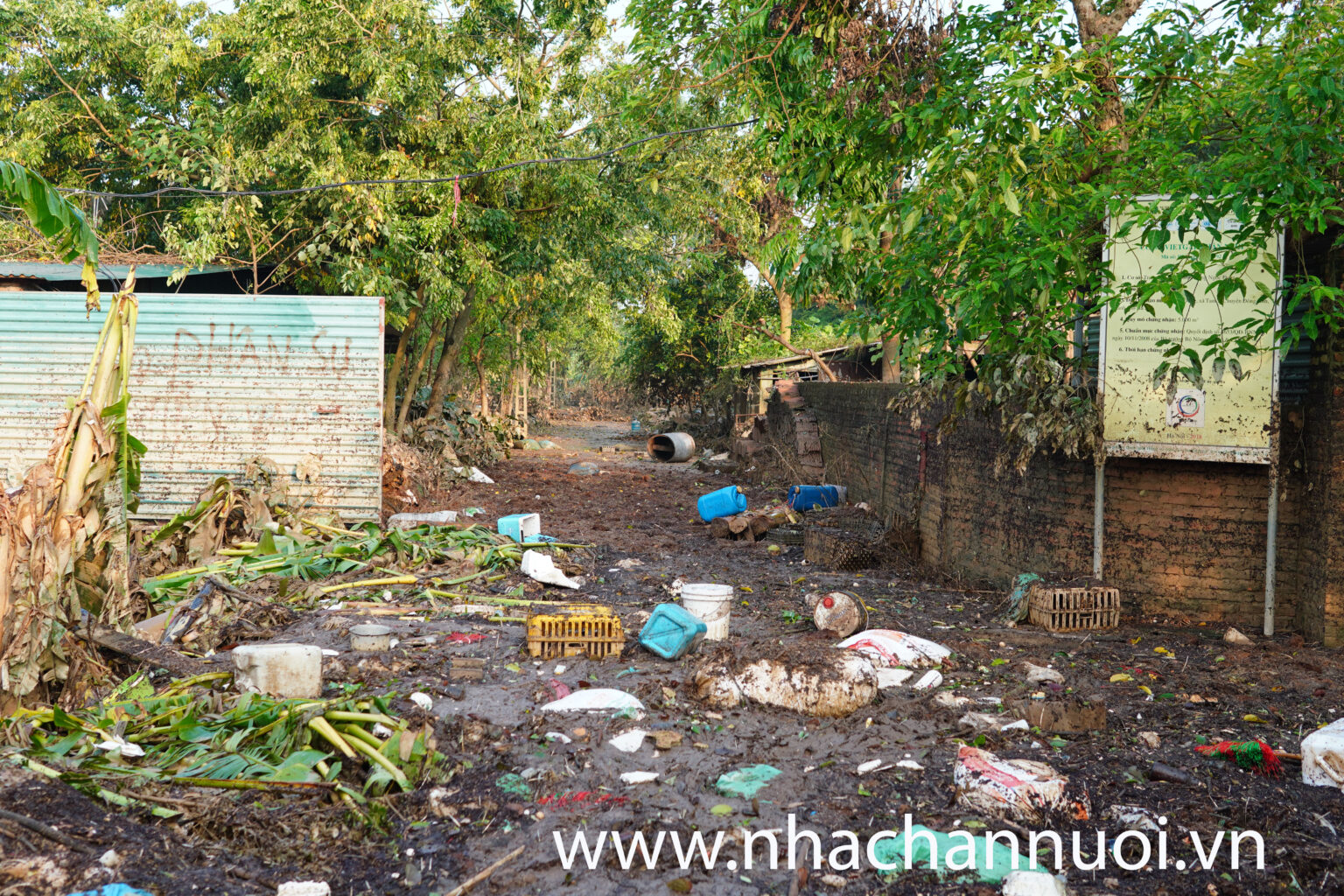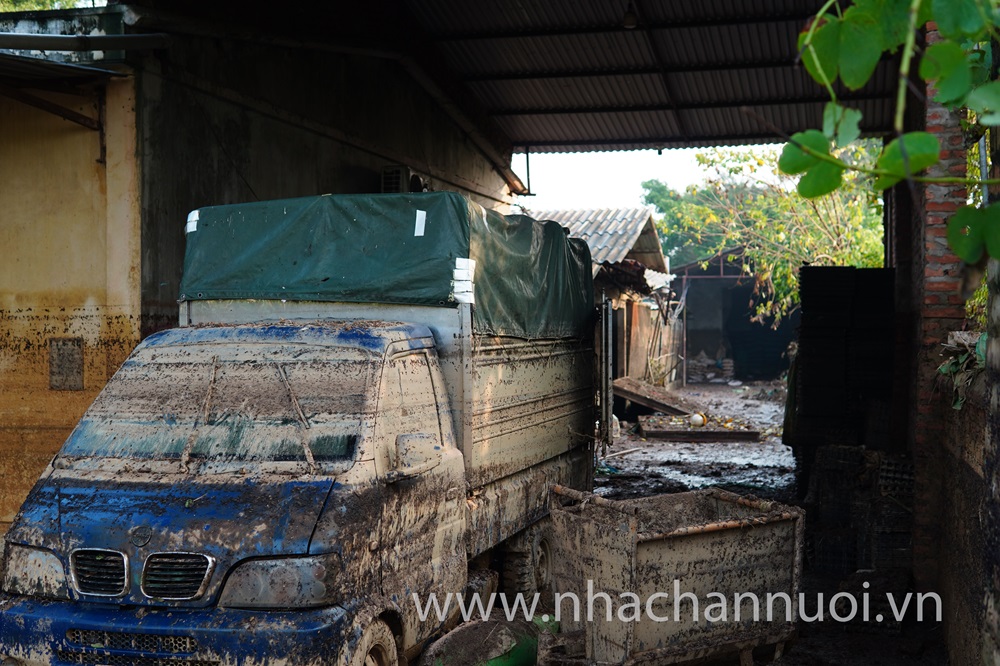Rising floodwaters have submerged the entire chicken farm of more than 80,000 chickens of Mr. Doan’s family, with estimated damage of more than ten billion VND.
After just one night of rising water, tens of thousands of egg-laying chickens of Mr. Hoang Ngoc Doan’s family (Bai Gia area, Tam Xa commune, Dong Anh district, Hanoi) were swept away.
Sharing with reporters, early in the morning of September 10, after checking and seeing the Red River water flooding into the ground, his family mobilized all human and material resources with 8 cars to come to the rescue. But when the convoy arrived, the floodwaters rose too quickly and could not approach, so they had to turn back, the family had to switch to the plan of manually catching chickens from the lower floors to the upper floors in the hope that the water would not rise too high.
However, this flood rose to the roof of the barn, making the situation unsalvageable. Along with tens of thousands of chickens, other assets at the farm such as generators, fans, etc. were also damaged.
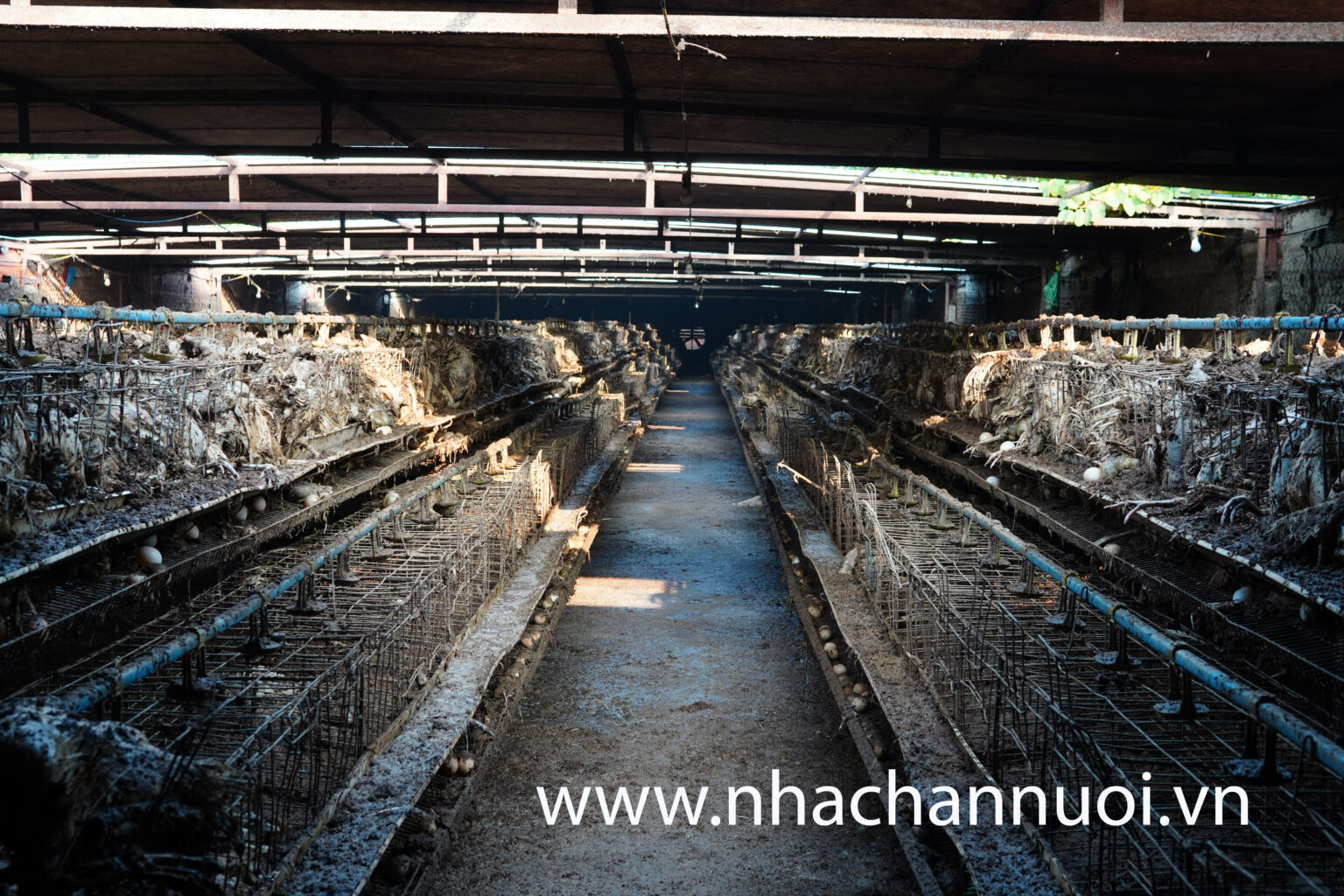 A farm with more than 80,000 chickens was completely lost after a flood.
A farm with more than 80,000 chickens was completely lost after a flood.
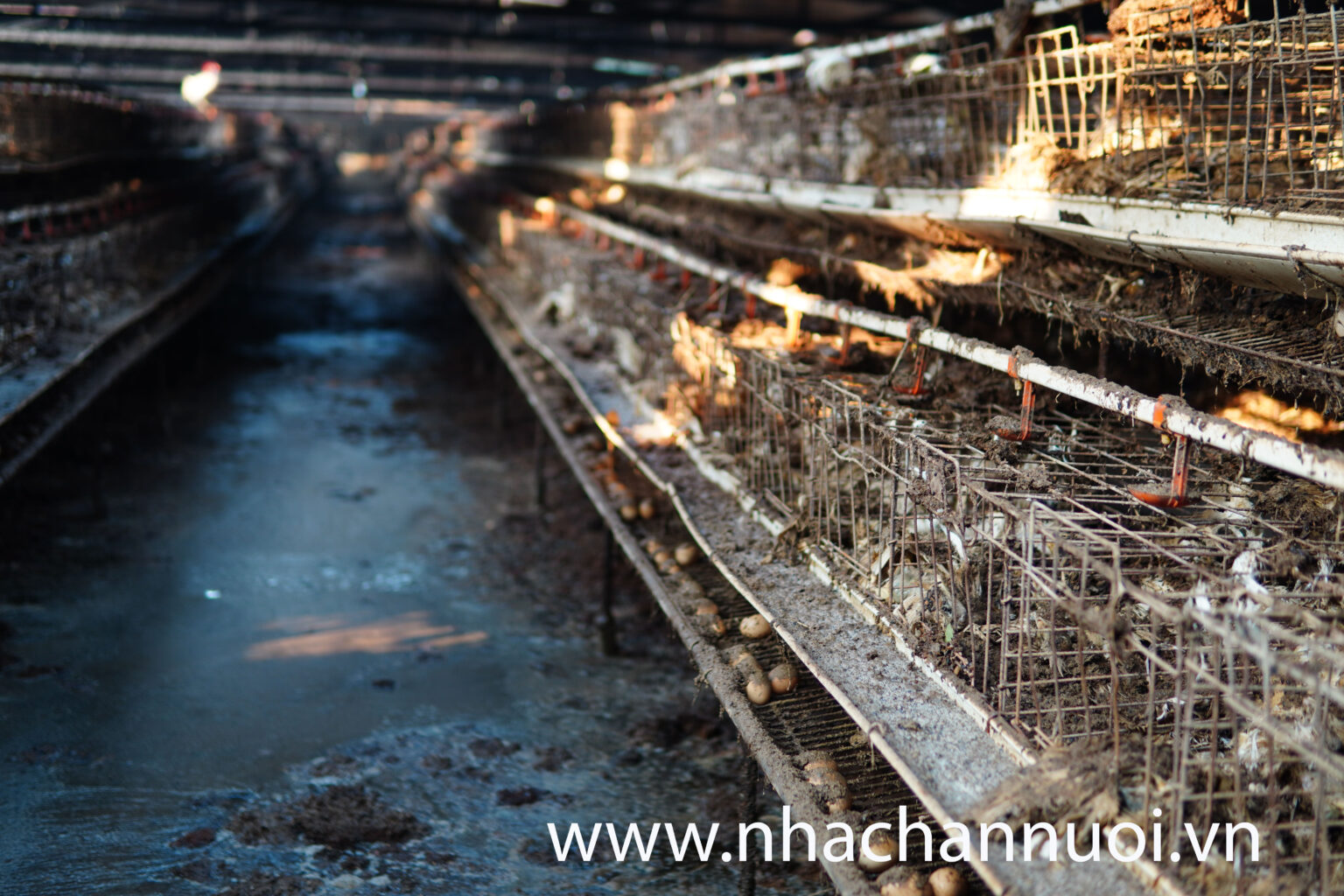
Mr. Hoang Ngoc Doan said that his family farm has a total of more than 80,000 chickens. Because his family raises chickens in an area about 2km from the Red River, when the water rises, his entire farm is flooded.
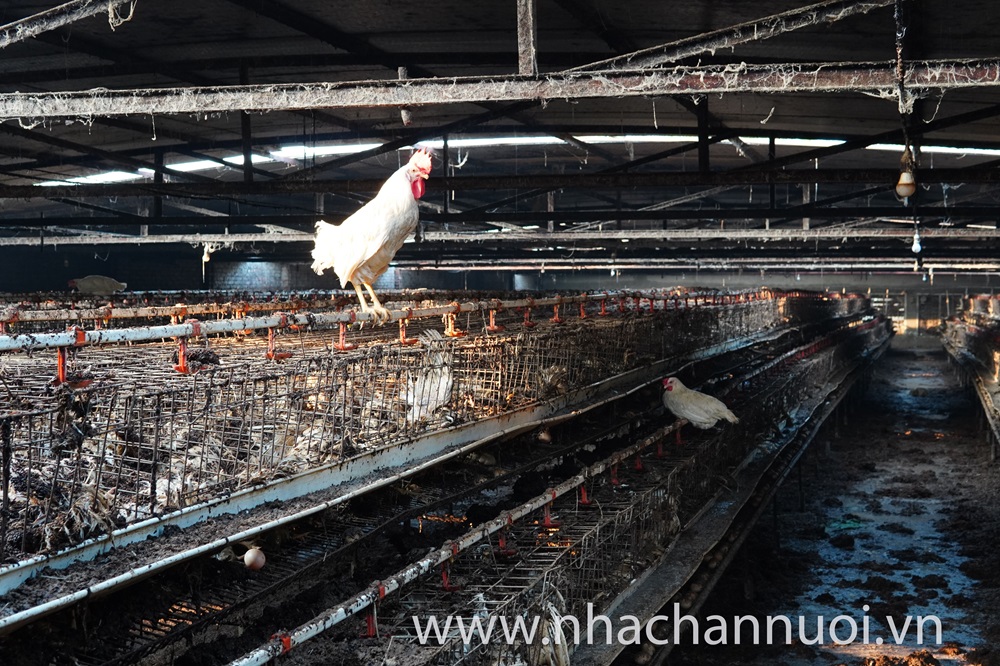
“The heavy rain and floods caused the Red River to rise so quickly that at one point, the water level had risen by about 15cm in just one hour, leaving my family unable to react. The entire farm was deeply flooded since September 10. After just one flood, most of the chickens that were laying eggs and selling them died, causing all the hard work and money of the family to go down the drain,” Mr. Doan shared.
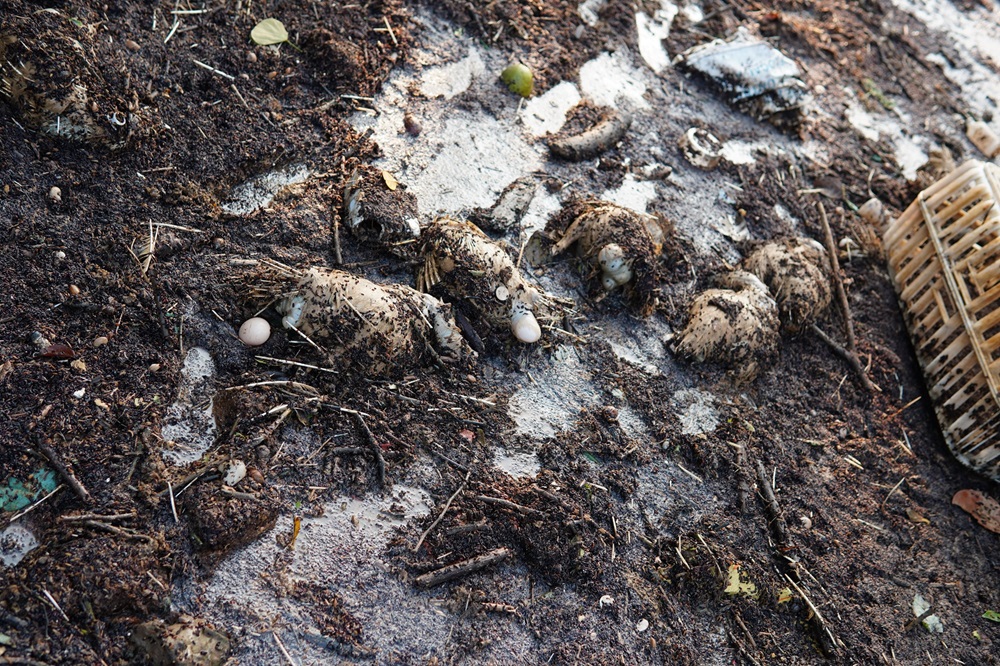
It is known that on September 11, thanks to the appeal and support of local people, everyone joined hands to “rescue” the remaining live chickens at the price of 50,000 VND/chicken. Many people waited for hours but could not buy them.
Due to the high flood water, the farm was deeply submerged, and the main road was more than 1km away from the breeding area, so it was very difficult to bring a boat into the farm to transport the chickens out. Each boat trip carried a small number of chickens out, so the family could only sell about 2,000 chickens, bringing about 7,000 reserve chickens (chickens) to shore safely. The rest, Mr. Doan’s family accepted to lose everything due to the flood.
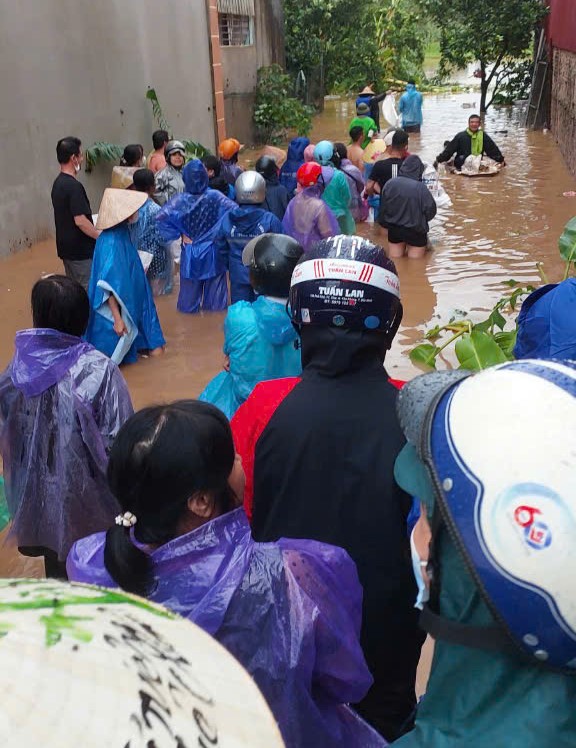
“At that time, there were only 3 boats to carry chickens across the flood waters, each trip could only carry 20-30 chickens, so every trip was sold out immediately. Out of sympathy and wanting to buy chickens at a cheap price, many people ran to support the boat as soon as they reached the end of the road,” said Mr. Doan.
According to him, these chickens are all super egg chickens, raised for 6-7 months, and are starting to produce eggs. Each chicken weighs 2-3 kg. If there were no floods, the current selling price would be 150,000 VND/chicken; the amount of eggs maintained per day is 70,000 – 75,000, earning about 100 million VND/day before deducting expenses.
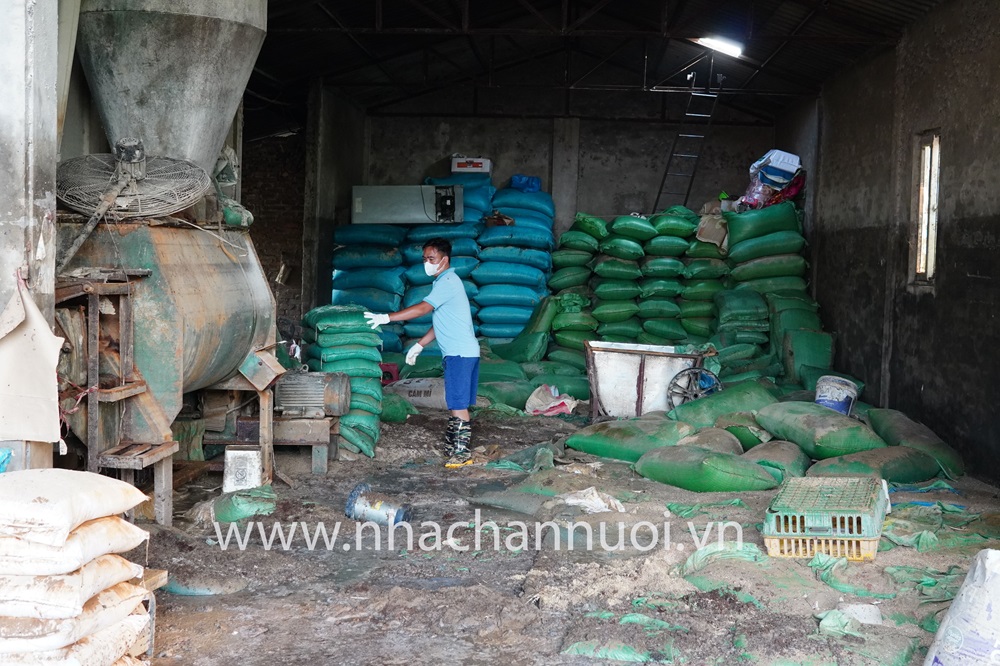
Mr. Doan said that just for the chickens, his family lost about 11 billion VND. If we include the cost of food, about 140 tons of moldy bran, flooded electrical equipment… the loss is up to 14 billion VND.
“My family has been farming for 14 years now, but there has never been a flood like this. This is the worst loss for my family, even the H5N1 flu did not cost me this much money. After saving for so many years, all my assets are now gone, I am left penniless, in debt to the bank. Currently, my family has to pay the bank more than 200 million VND in interest a month,” Mr. Doan said sadly.
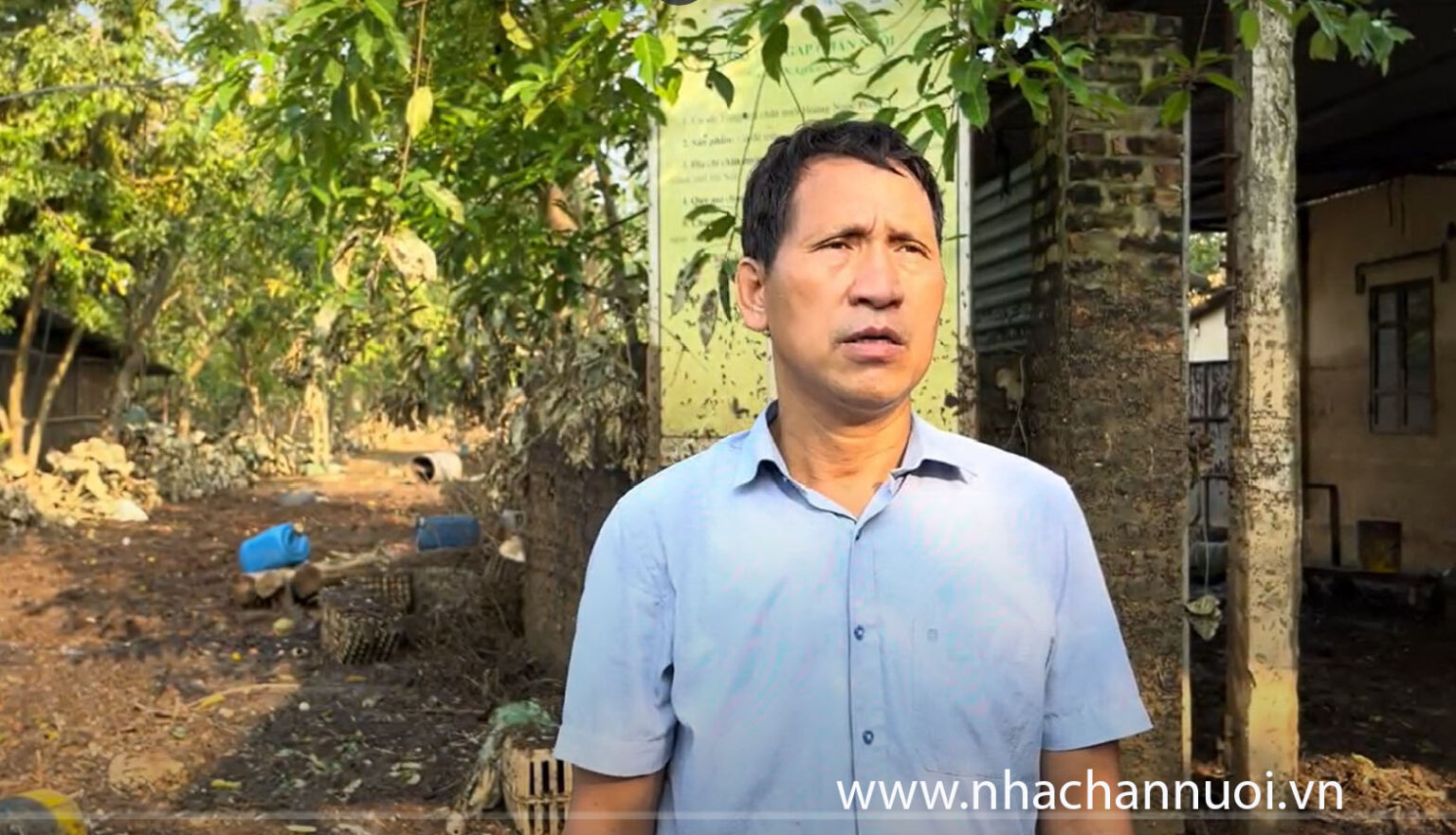
Before the flood, Mr. Doan’s farm was about 2.6 hectares in size, with 7 rows of barns, each holding about 10,000-13,000 egg-laying hens and more than 10,000 pullets. The facility was certified for VietGap farming in 2018, creating jobs for 15 workers. After the incident, all workers had to quit their jobs and became unemployed.
Mr. Doan added: “After overcoming the consequences of the flood, my family wishes to continue raising livestock on the invested facilities to recover capital and have a source to repay bank loans as well as create conditions to maintain jobs for workers. I sincerely hope that the authorities at all levels will pay attention and support to create conditions for my family to stabilize and reproduce.”
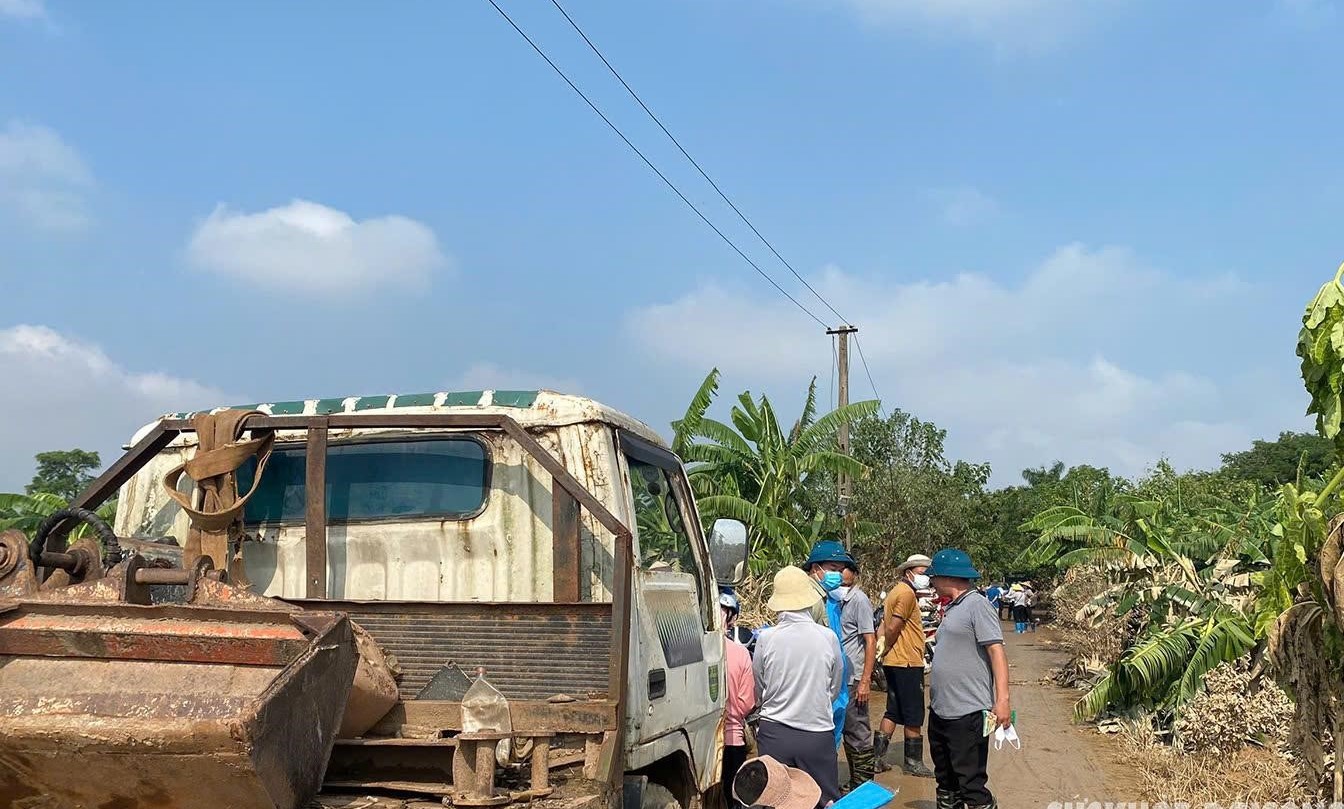
According to records, on the morning of September 14, after the water had receded, all vehicles that could move in and out of the livestock yard were able to move, local authorities came to survey the damage, calculate the treatment plan, mobilize excavators, and dozens of workers to help the family dispose of the dead chickens. It is expected that today all the dead chickens will be buried and processed according to the correct procedures to avoid polluting the surrounding environment.
Tam An

